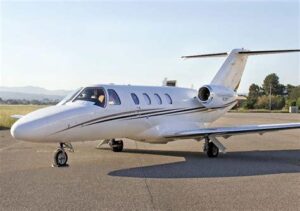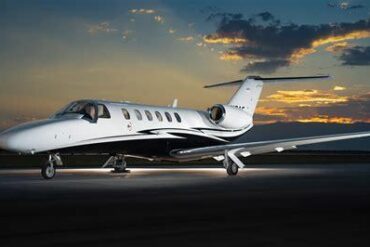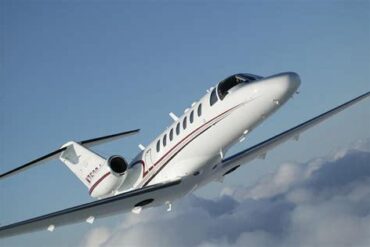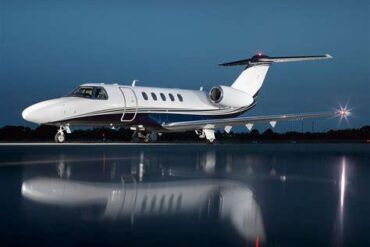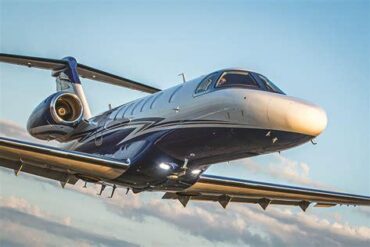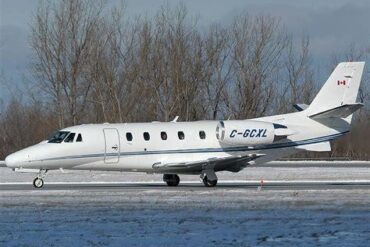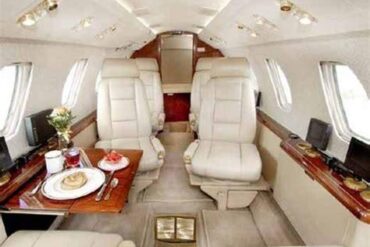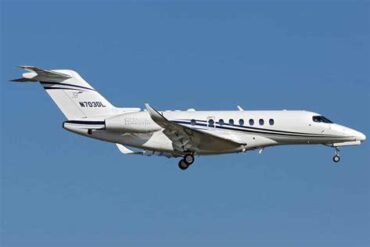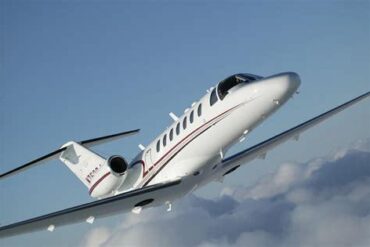The Cessna Citation CJ1 is a remarkable entry in the world of light jets, providing an exceptional blend of performance, comfort, and efficiency. As we delve into the price and operating costs associated with the CJ1, it becomes evident that this aircraft is not just a flying machine but a valuable investment for those seeking convenience and luxury in private air travel.
Overview of the Cessna Citation CJ1
The Cessna Citation CJ1, first introduced in the late 1990s, quickly established itself as a favorite among business travelers and private owners. With its sleek design, modern avionics, and impressive range, the CJ1 is ideal for short to medium-haul flights. Equipped with two Williams FJ44-1A turbofan engines, it offers a maximum cruise speed of approximately 400 knots and a range of around 1,500 nautical miles, making it suitable for various travel needs.
Purchase Price of the Cessna Citation CJ1
When considering the purchase price of a Cessna Citation CJ1, potential buyers should be aware that prices can vary significantly based on factors such as age, condition, and installed equipment. On average, the price range for a pre-owned CJ1 typically falls between $1.5 million to $3 million. New models, although rare, can command higher prices, often exceeding $3 million.
Factors Influencing Purchase Price
-
Aircraft Condition: The overall condition of the aircraft is paramount. Well-maintained jets with low flight hours usually fetch higher prices.
-
Avionics Upgrades: Modern avionics systems can enhance safety and operational efficiency, adding to the value of the aircraft.
-
Interior Customization: Customized interiors featuring high-quality materials and advanced entertainment systems can also influence the purchase price significantly.
-
Market Demand: Fluctuations in the market demand for light jets can impact pricing. A surge in demand may drive prices upward.
Operating Costs of the Cessna Citation CJ1
Understanding the operating costs is crucial for potential owners, as these expenses can significantly impact the overall ownership experience. The main categories of operating costs include fuel, maintenance, insurance, and crew salaries.
Fuel Costs
Fuel is one of the largest components of operating costs for any jet. The CJ1 consumes approximately 70 gallons of fuel per hour. At an average fuel price of $5 per gallon, this translates to about $350 per hour in fuel costs alone. Given its range and cruising capabilities, owners can expect to spend around $1,400 on fuel for a typical four-hour flight.
Maintenance Costs
Maintenance is another significant expense. The annual maintenance cost for a Cessna Citation CJ1 averages around $50,000 to $100,000, depending on usage and required inspections. Regular maintenance includes:
-
Airframe Inspections: Required every 12 months or after a specified number of flight hours.
-
Engine Maintenance: Engine overhauls and inspections can be costly, often amounting to $20,000 to $30,000 per engine every few years.
-
Parts Replacement: Routine replacement of parts such as tires, brakes, and avionics can add to the maintenance budget.
Insurance Costs
Insurance costs vary based on multiple factors, including the pilot’s experience, the aircraft’s value, and the owner’s history. For the CJ1, owners can expect to pay between $10,000 and $25,000 annually for insurance, which covers liability and physical damage to the aircraft.
Crew Salaries
For owners who opt for a full-time crew, salaries can represent a significant ongoing expense. A qualified pilot for the CJ1 typically earns between $60,000 and $120,000 per year, depending on experience and the specific demands of the job. If a co-pilot is required, this will double the salary expense.
Total Operating Costs
Taking into account fuel, maintenance, insurance, and crew salaries, the total operating costs for a Cessna Citation CJ1 can range from $200,000 to $500,000 annually. This figure will vary based on usage, flight hours, and individual preferences regarding crew and maintenance.
Cost-Effective Tips for CJ1 Owners
Maximizing Fuel Efficiency
Owners can optimize fuel efficiency by adhering to the following practices:
-
Proper Flight Planning: Planning routes that avoid adverse weather can reduce fuel consumption.
-
Weight Management: Keeping the aircraft’s weight within recommended limits helps improve fuel efficiency.
Scheduled Maintenance
Adhering to a strict maintenance schedule not only prolongs the lifespan of the aircraft but also helps prevent costly repairs down the line. Regular inspections and timely replacements can minimize unexpected downtime and expenses.
Pilot Training
Investing in ongoing training for pilots can enhance their skills, leading to more efficient flying techniques and better fuel management. This can translate into considerable savings over time.
Conclusion
The Cessna Citation CJ1 stands as a testament to modern aviation engineering, offering a blend of performance, comfort, and operational efficiency. While the initial purchase price and operating costs may appear significant, the benefits of owning a CJ1—such as flexibility in travel and time savings—can far outweigh these expenses. Understanding the financial commitments involved will empower potential owners to make informed decisions, ensuring that they enjoy the full advantages of this remarkable aircraft.
